Organic
Greenhouse horticulture is defined by The International Society for
Horticultural Science (ISHS) as the organic production of horticultural
crops (vegetables, ornamental plants and fruits) using input derived
only from natural sources, non-chemical, with the management of the
microclimate inside the greenhouse.Around
the world, most of the greenhouse, or often called house plants, keep
using the land as a growing medium, but in developed countries, such as
in Europe, North America and Australia, greenhouse hydroponics system is
dominating.In
developed countries early in 1960, begun to move into the greenhouse
vegetable production, which combined with the increase in greenhouse
environment control, this has resulted in many Promised productivity
improvements compared to the system ground-based media. The
data that I can, have shown that over 50 years of productivity in the
greenhouse microclimate control in it has increased 6.4% per year. In
fact, 60 years ago in greenhouse tomato growers is best to reach 20
kg/M2/tahun, and now the best farmers can harvest 80 kg/M2/tahun.Achieve
such productivity by it to the ground is very difficult, thus the
effort required for organic hydroponic greenhouse, will continue to
require an increase in production if organic producers will remain in
the business of organic fruits and vegetables.Control
environment is the source of the most profitable farming to intensive
farming, and can allow the achievement of the highest possible
productivity. Improve
the condition of the root environment is an important part of the
availability of plants with the optimal environment, and the balance
between moisture, temperature, aeration and nutrient availability in
soil is not an easy medium to provide the plant with an ideal
combination. When
the ideal content, aeration tends to be inadequate, and when aeration
is ideal then the humidity tends to be a limiting factor. For
this reason the majority of farmers, producers tend plants in the
greenhouse to the use of media (such as rockwool, husk charcoal,
cocopeat, coir, and peat) that has a better environmental balance of the
root,Plant
growth in greenhouses with soil media often creates a big problem, not
only in terms of moisture, and aeration, but also in terms of nutrition.
For
example, for fruit vegetables (tomato, cucumber and melon), the farmer
must require a considerable amount of nitrogen, phosphorus and potassium
if they want to be a productive plant. This
amount far exceeds the maximum levels of nutrients that can be
implemented according to standards in some countries, namely, P: 170 kg /
ha / year and P: 200 kg / ha / year.It should have serious implications for long-term sustainability of the agricultural industry of organic soil-based greenhouse. Better a simple choice is to accept a significant reduction in productivity. Pest
and disease control in soil could be another problem with the
production of organic crops in the greenhouse, where crop rotation is
very limited choice. Much
of the land bekaitan disease can be controlled by seed terhadapa
disease resistance and to date, nematode control used is steam sterilize
the soil. This
action is (apparently) acceptable to organic production, although it
seems completely against the principles of organic, because almost all
micro-organisms are all killed.Thus,
one possible solution is to use hydroponics, to ensure that plants
receive adequate nutrition, combined with re-circulating system. It
would be easy to achieve increased production, even under regulations
IFOAM (International Federation of Organic Agriculture Movements) now,
using only natural nutrients (non-chemical), such as seaweed, fish,
manure, etc., to provide nutrients of plants.Ultimately,
the choice of which to date can be applied is the aquaponic system,
where waste from the fish altered by bacteria in the bio-filter into
soluble nutrients in the plant, which is then supplied to the roots of
plants in re-circulating system.Aquaponic can best be defined as the combination of aquaculture and hydroponics. In
aquaponic fish and plants produced in a single integrated system, in
which the fish waste provides a food source for plants and plants
provide a natural in the water where the fish live. The key factor is the bio-filter, between the fish and plants. It consists of bacteria that convert fish waste into soluble nutrients for plant roots. Conversion is the key to ammonia (toxic to fish), which convert nitrite to nitrate. Aquaponic is probably most applicable to the sustainability of organic hydroponics.In my view the key factor for the future of agriculture must be sustainable. Organic ground-based systems in the greenhouse, in fact not sustainable, while organic hydroponic system more sustainable.




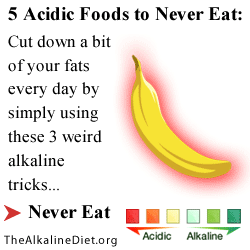
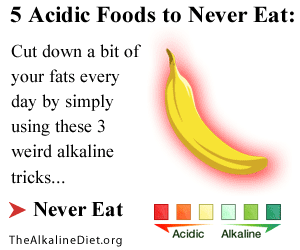
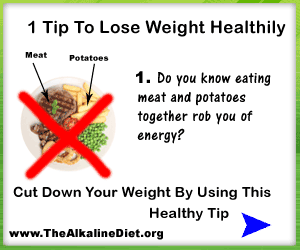








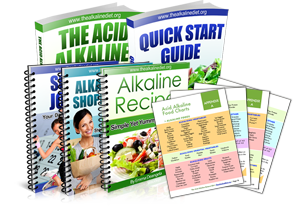
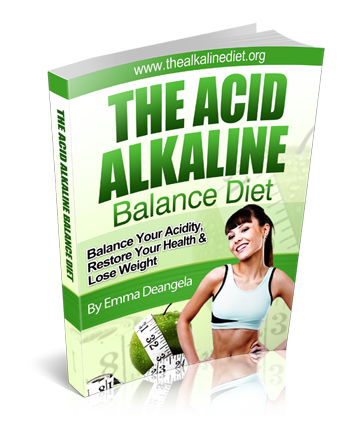
No comments:
Post a Comment